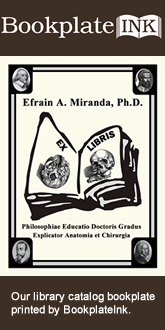
The anatomical framework of the seven books
that comprise Vesalius' Fabrica
As an educator with over 20 years teaching Human Anatomy, I have witnessed how accurate and up-to-date language can transform teaching and learning in health sciences.
The recent publication of Anatomical Terminology 2 (TA2), made freely available by the International Federation of Anatomists' Associations (IFAA), represents a significant advance that all professionals in the field should adopt as soon as possible.
Anatomical terminology is not simply a list of terms, but the basis for clear, effective and universal communication. The TA2 update addresses not only necessary changes resulting from new anatomical research and discoveries, but also substantial improvements in consistency and accuracy. This is especially relevant today, when globalization and digitalization demand accurate communication between professionals from different countries and specialties.
Using TA2 involves:
- Unifying anatomical criteria globally.
- Facilitating the teaching of anatomy with clear and precise terms.
- Improving the quality and safety of healthcare by reducing misunderstandings.
- Empowering scientific research by ensuring consistency in academic publications.
I invite fellow teachers, students and health professionals to familiarize themselves with TA2 and actively apply it in their academic and clinical practices. Let us take advantage of this tool to continue raising the standard of our work and the quality of anatomy education.
You can consult TA2 directly at this link: https://libraries.dal.ca/Fipat/ta2.html
What has been your experience with the update of anatomical terminologies?... Are you ready to integrate TA2 into your teaching and professional practice?



